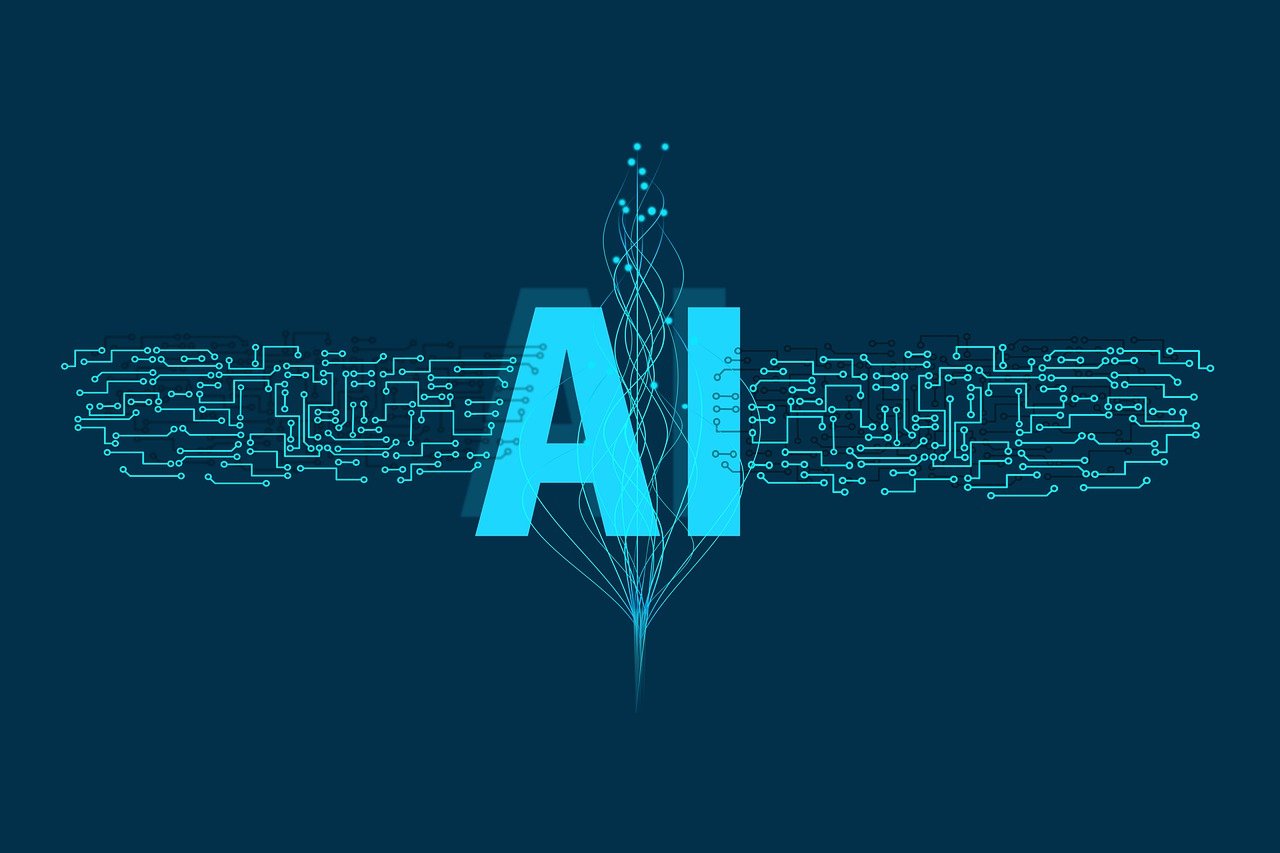Self-driving cars are already zooming around on the road and are likely to be more common in the coming years. If you believe the hype, someday in the future, we all will move around in self-driving cars.
The transportation industry is at the forefront of a technological revolution as the world witnesses the power of autonomous vehicles. With little to no human intervention, these vehicles are significantly revolutionizing the transportation industry. Driven by the power of advanced technologies like the Internet of Things (IoT) and artificial intelligence (AI), these cars play a powerful role in creating a safer, more sustainable future for the transportation industry.
Let’s explore some technological breakthroughs of AI development services in autonomous vehicles that could redefine the future of transportation.
The Evolution of AI in Self-Driving Cars
Autonomous or self-driving cars has progressed through different developmental stages, starting from Level 0, which lacks AI involvement in the vehicle, and advancing to Level 5, where the AI can autonomously operate in uncontrolled environments. Currently, we are in Level 3, where automated driving provisions have entered regular production, while Level 4 is expected by 2025.
Levels of AI model development in autonomous driving:
- No automation – AI has no involvement in the vehicle at this level.
- Partial automation – The number of AI-assisted features increases at this stage.
- Conditional automation – AI takes over the car control system, but human intervention is still required.
- High automation – Here, AI takes control of the steering wheel, speed, and even environment monitoring.
- Fully automation – Driverless cars are a reality at this point.
As we progress toward fully autonomous vehicles, the prevalence of self-driving cars becomes increasingly apparent. Today, more than 70 million vehicles running on the road have some level of autonomy, increasing from 450,000 in 2019. Unsurprisingly, there will be a bigger jump in the adoption rate in the future.
Benefits of AI in Self-Driving Cars
The integration of AI in self-driving cars brings forth many benefits, revolutionizing the way we think about transportation and its impact on our lives. Here are some key advantages of AI in self-driving cars:
Enhanced Safety
AI-driven self-driving cars have the potential to significantly reduce accidents caused by human error. These vehicles are equipped with advanced sensors that can detect and respond to potential dangers more quickly and accurately than human drivers. This improved level of safety can reduce the rate of road accidents and save lives.
Reduced Traffic Congestion
Self-driving cars can communicate with other autonomous vehicles on the road, managing traffic flow more efficiently. They can coordinate lane changes and merges, minimizing traffic jams and reducing travel times. This leads to less time spent sitting in traffic, lower fuel consumption, and reduced air pollution.
Optimized Fuel Efficiency
AI systems can efficiently optimize driving patterns and reduce fuel consumption. They can adapt to traffic conditions, choose more efficient routes, and reduce idling time, improving fuel economy.
Increased Accessibility
Self-driving cars can provide mobility to those who are unable to drive due to age, disability, or other factors. This can greatly enhance the quality of life for the old-aged and specially-abled persons, reducing the need for specialized transportation services.
Environmental Benefits
Self-driving cars are like environmental superheroes. They are not just convenient but also great for our planet. How? Well, these cars can help cut down on harmful greenhouse gas emissions. They choose the best routes and driving patterns to save fuel. And when many of these self-driving cars are electric, it is like taking a deep breath of fresh air for our cities. So, in simple terms, self-driving vehicles are helping us breathe cleaner air and make the Earth a healthier place to live.
In short, AI in self-driving cars can significantly transform and redefine the future of our transportation systems, making them safer, more accessible, and more efficient.
The Future of Self-Driving Cars
Self-driving cars are undoubtedly the future of transportation, but whether or not they will completely replace traditional vehicles is a complex and evolving question. Even if several advantages offered by autonomous cars make them a compelling aspect of future transportation, there are various challenges to realizing the vision of fully autonomous vehicles.
One of the challenges in the autonomous vehicle industry is managing contracts and documents efficiently, especially with the myriad of partnerships, collaborations, and regulatory requirements. Utilizing a clm software can streamline contract lifecycle processes, ensuring that all agreements are in compliance with industry standards. Additionally, a robust document management system can aid in organizing, storing, and retrieving essential documents, making operations smoother and more compliant.
Therefore, we must acknowledge the fact that the road to a complete transition dominated by self-driving cars is full of hurdles and challenges. Challenges regarding regulations, data privacy, cybersecurity, and infrastructure readiness require careful consideration to enter into a world dominated by driverless cars.
To sum up, while self-driving cars seem to be the future of transportation, beautifully redefining how we travel and live, their dominance depends on various factors, including regulatory frameworks, societal acceptance, and further technological advancements. The future of transportation, where autonomous vehicles will dominate the roads, is still evolving and subject to numerous challenges.








